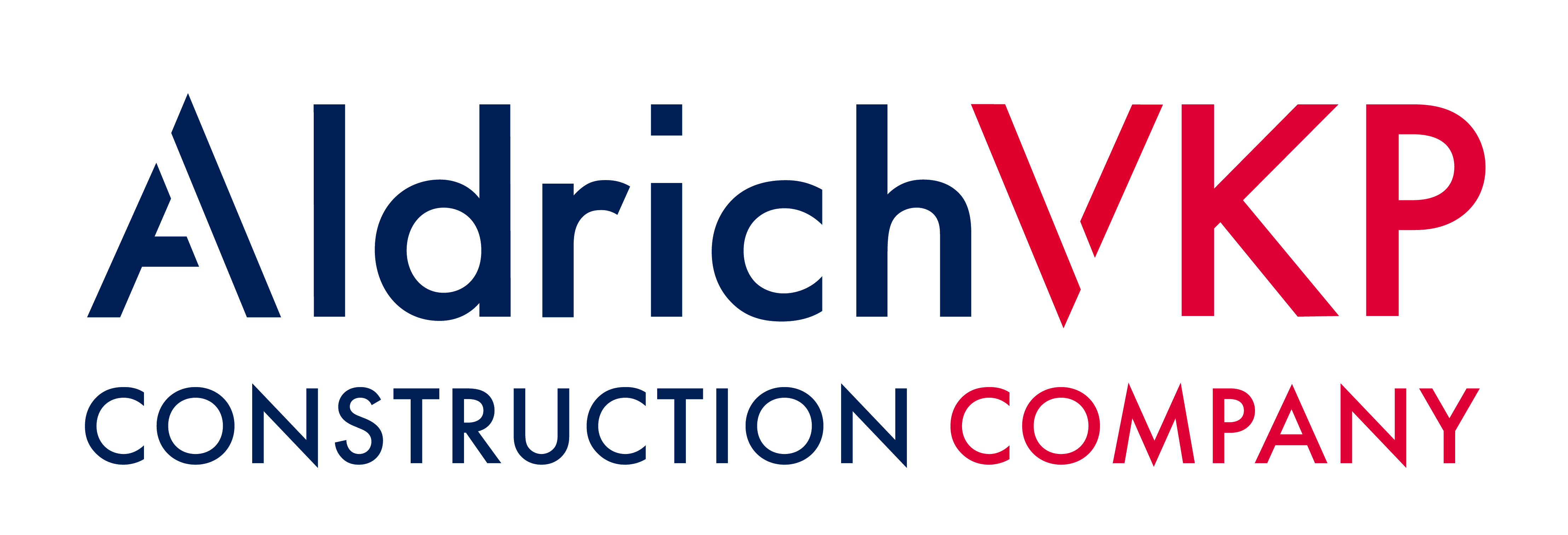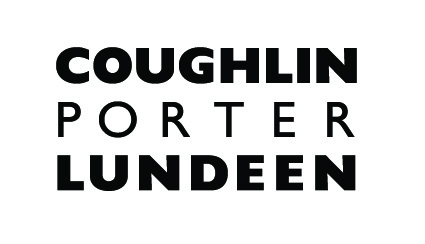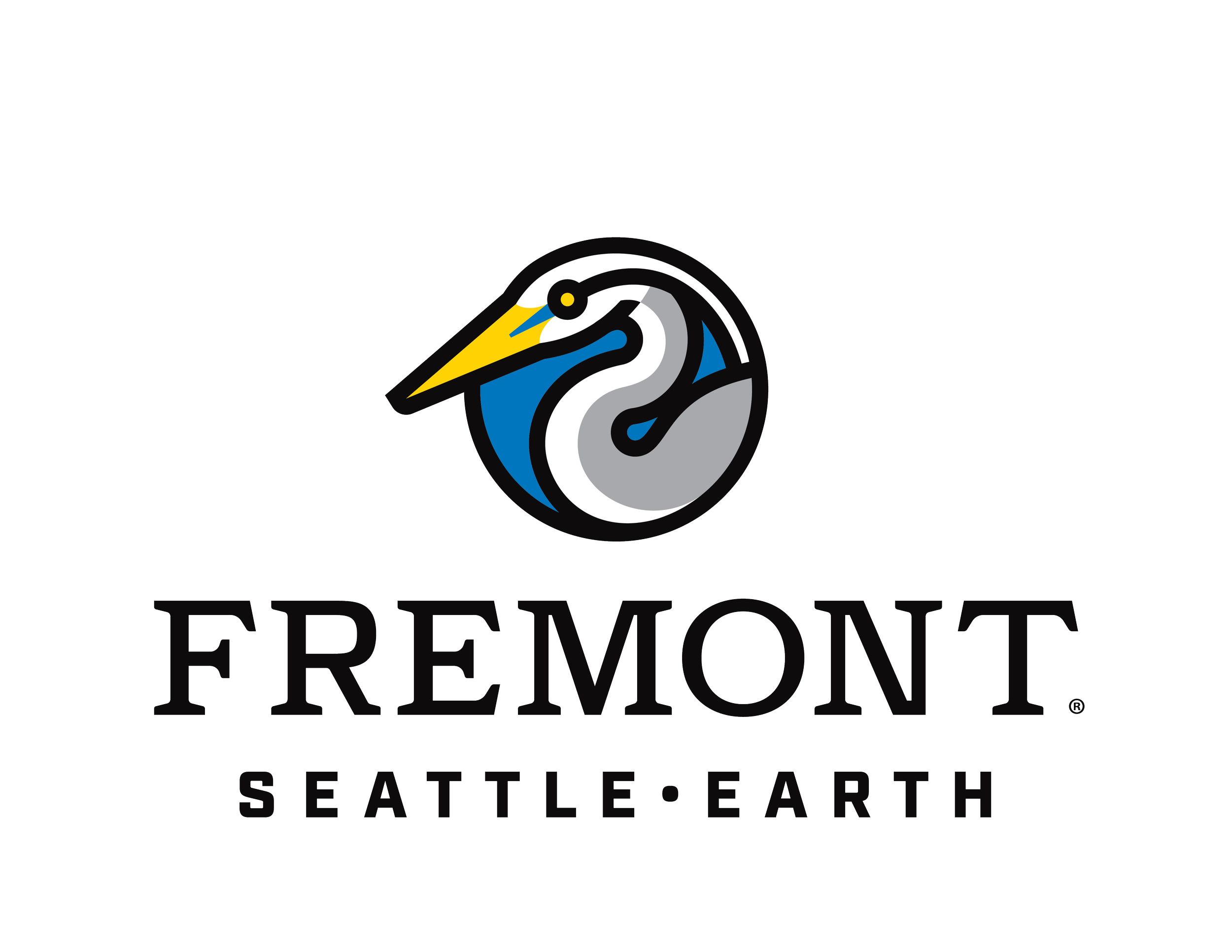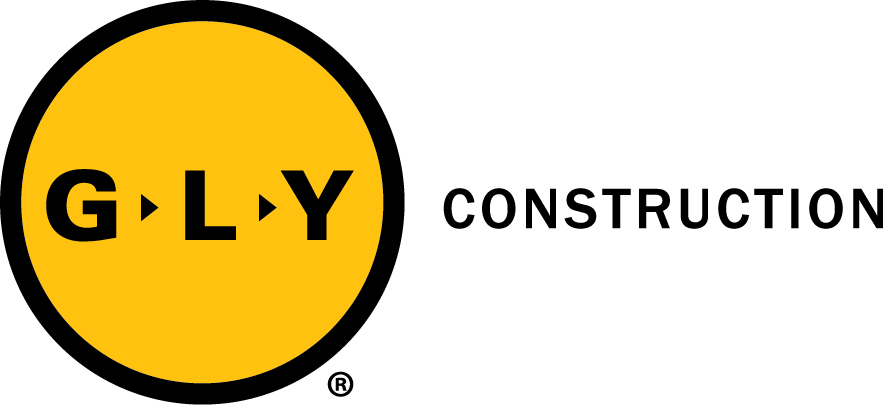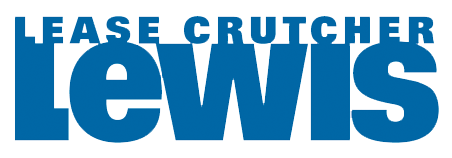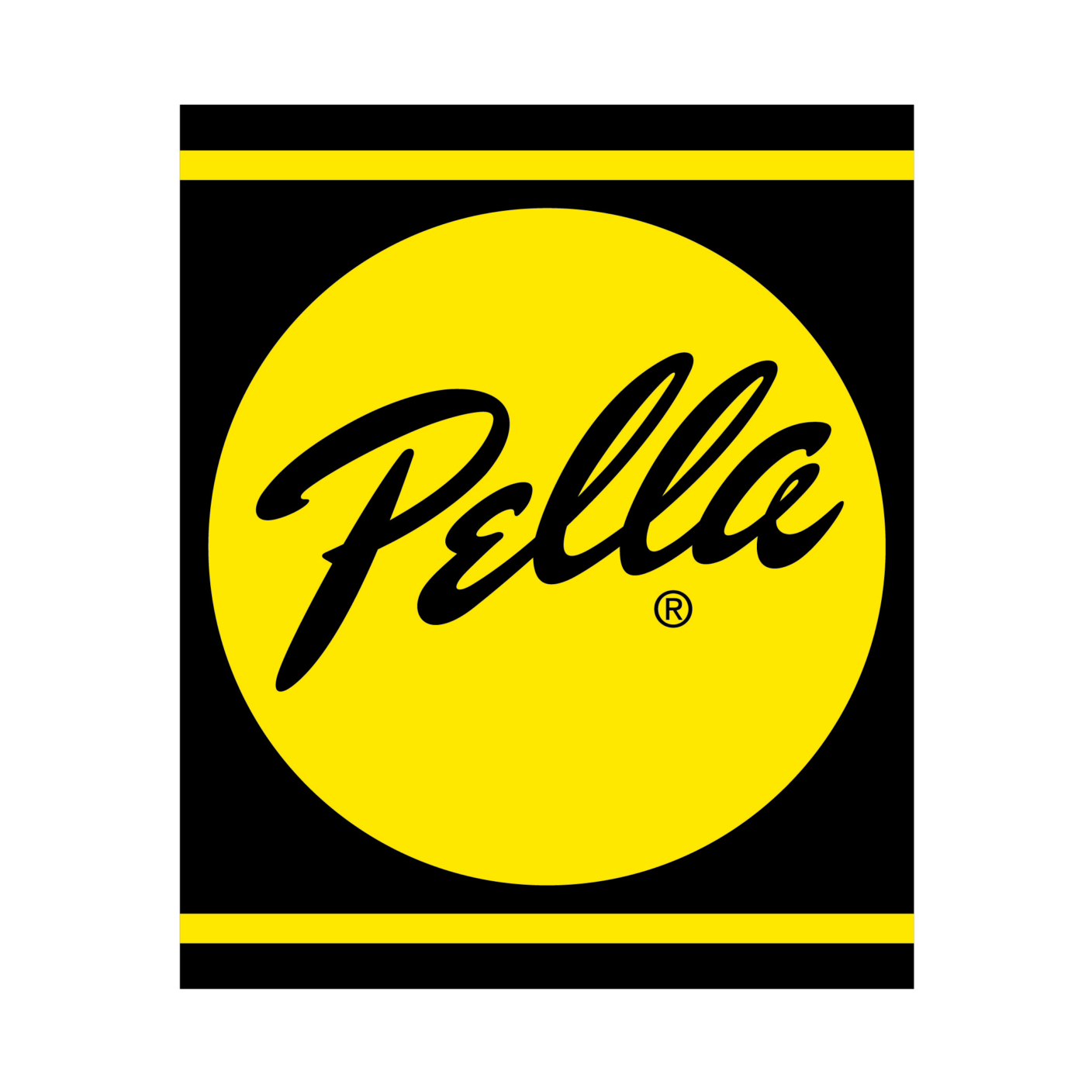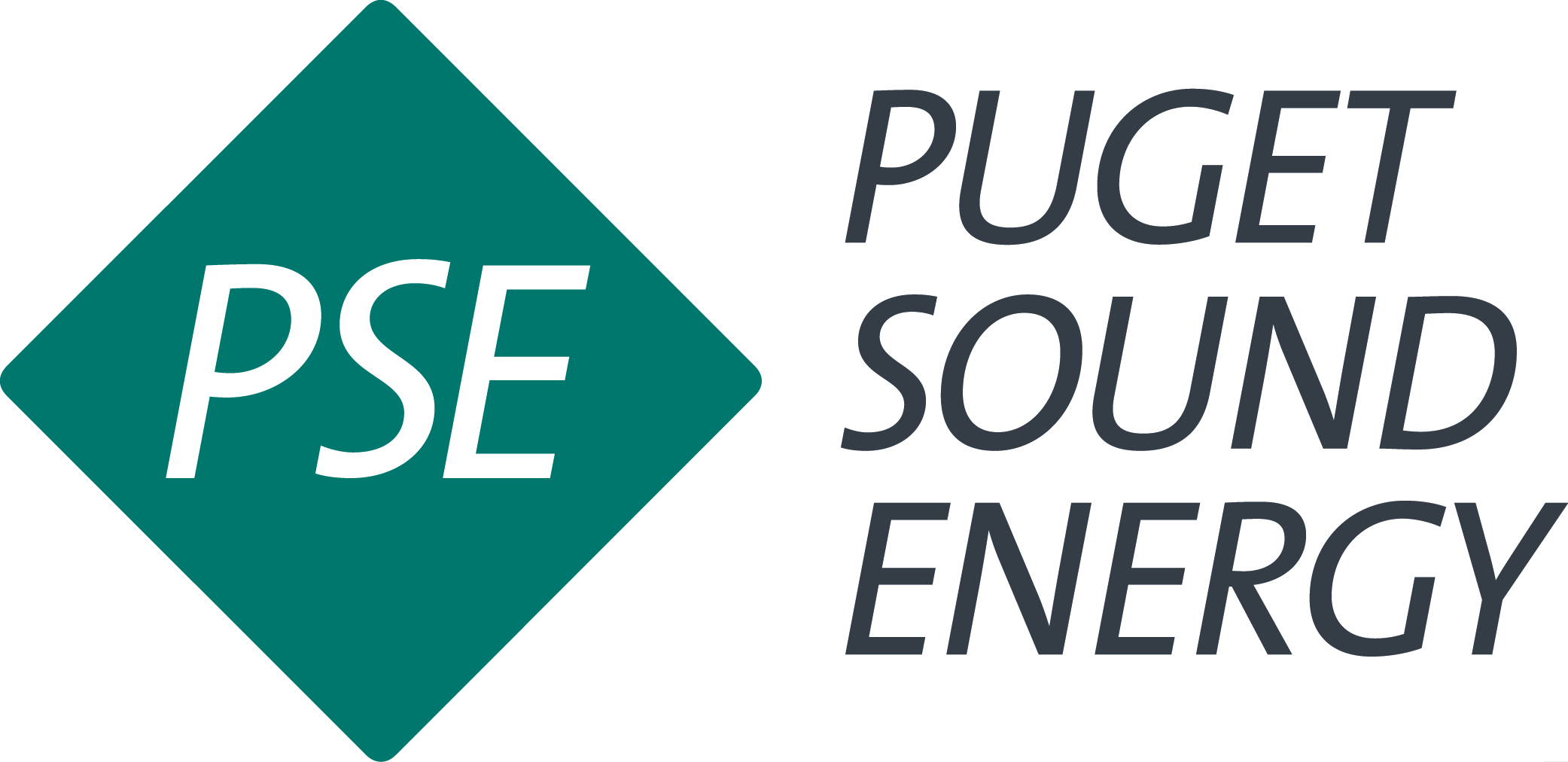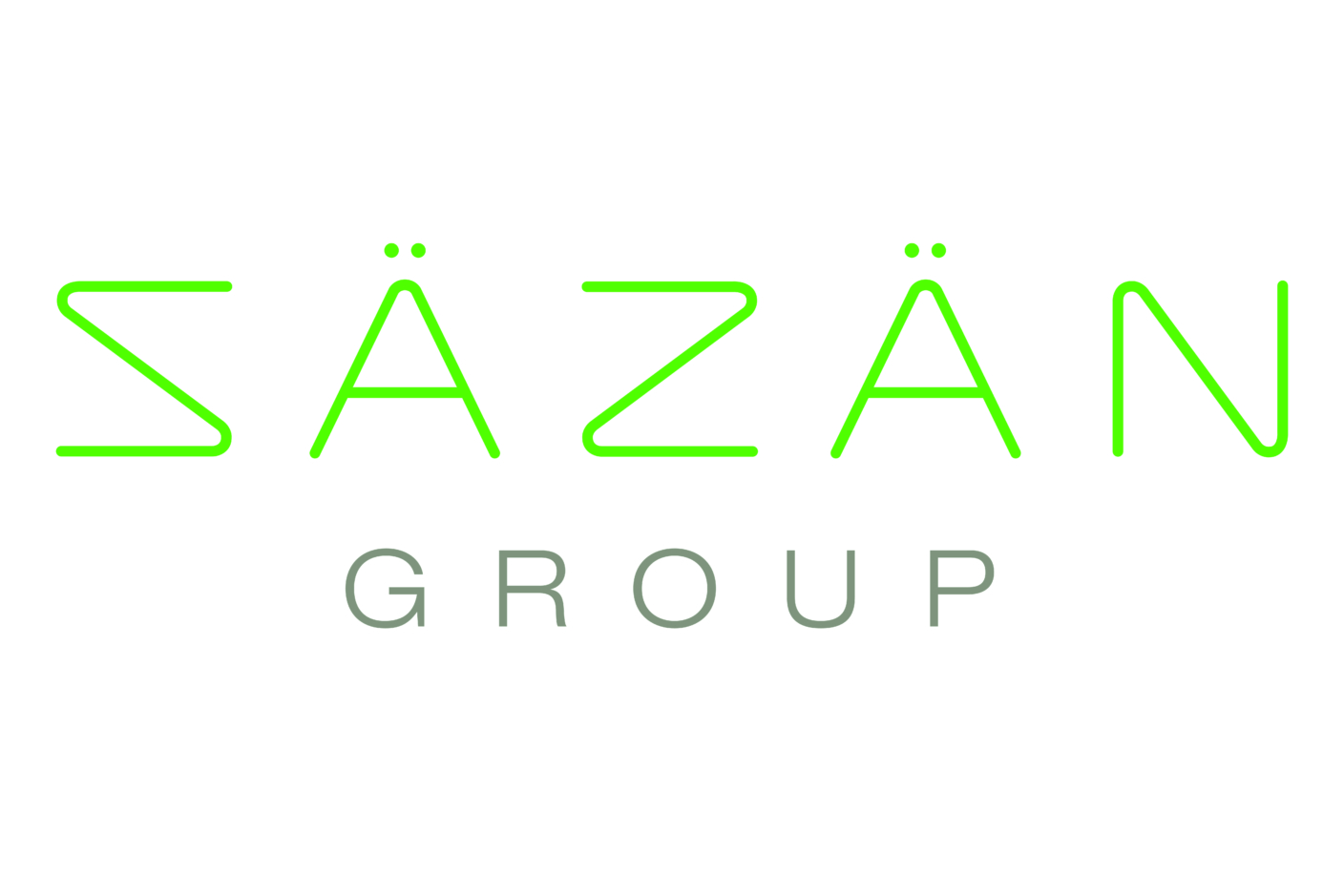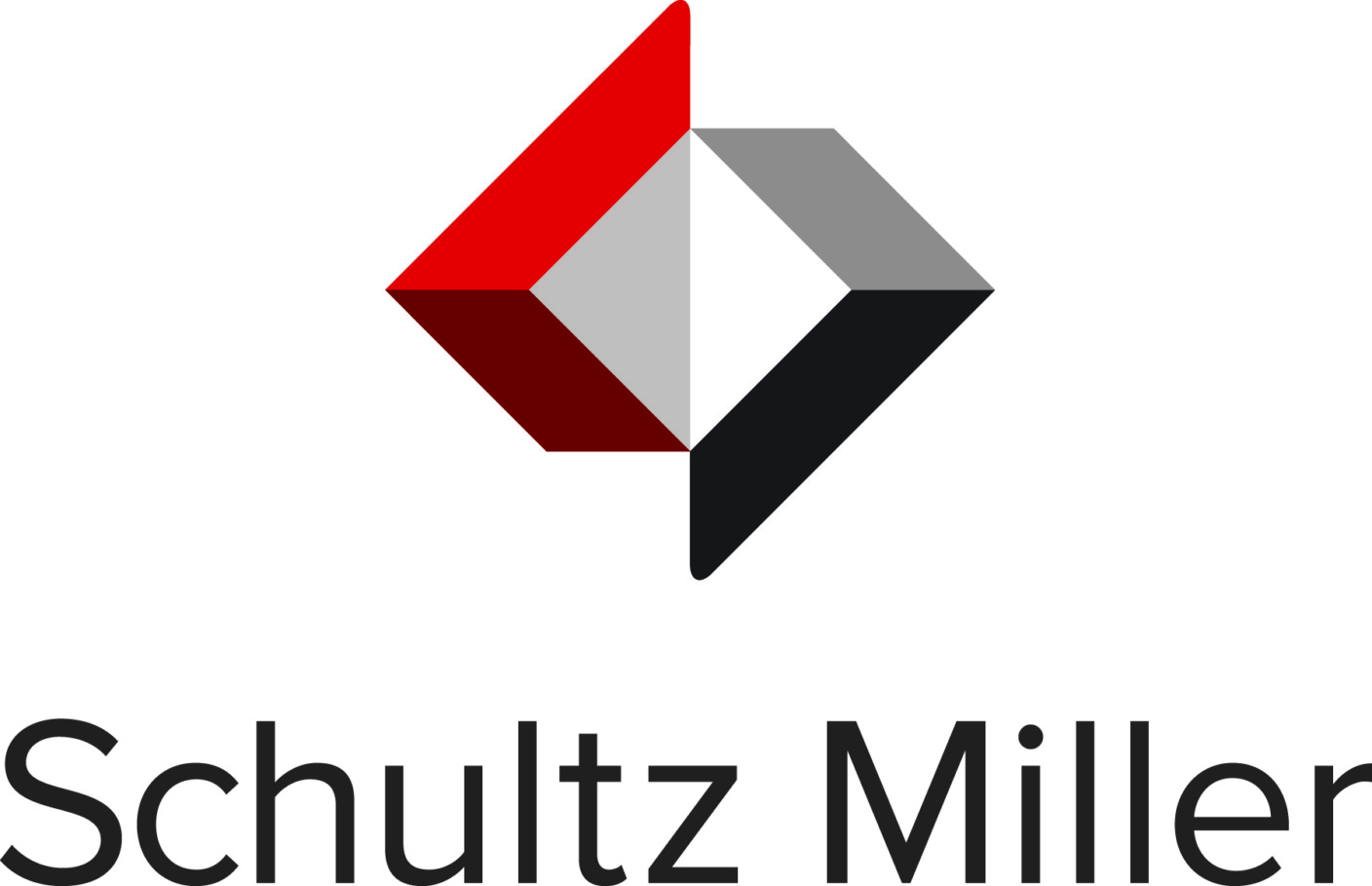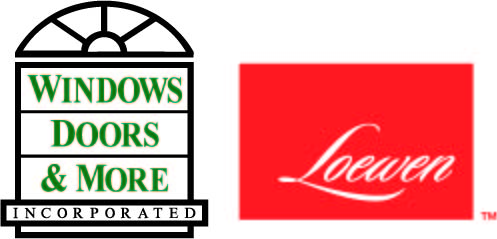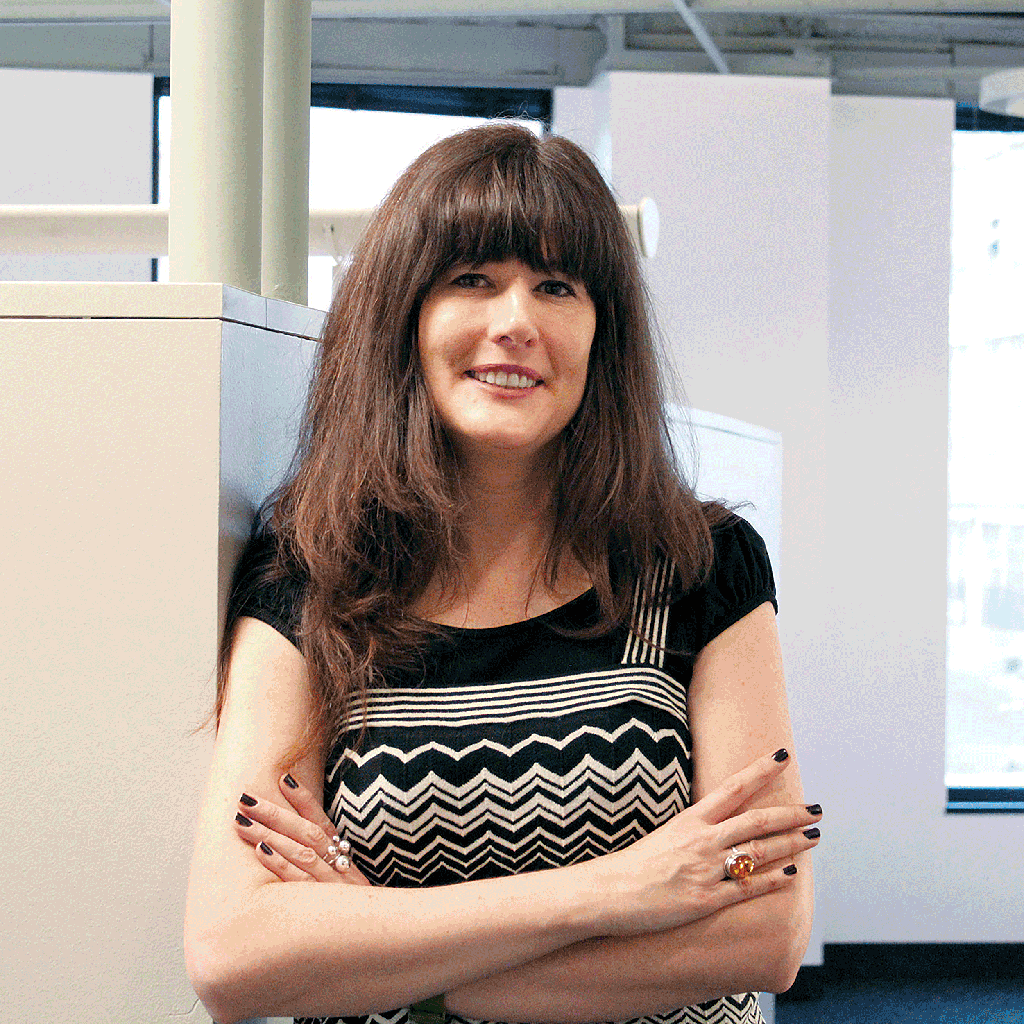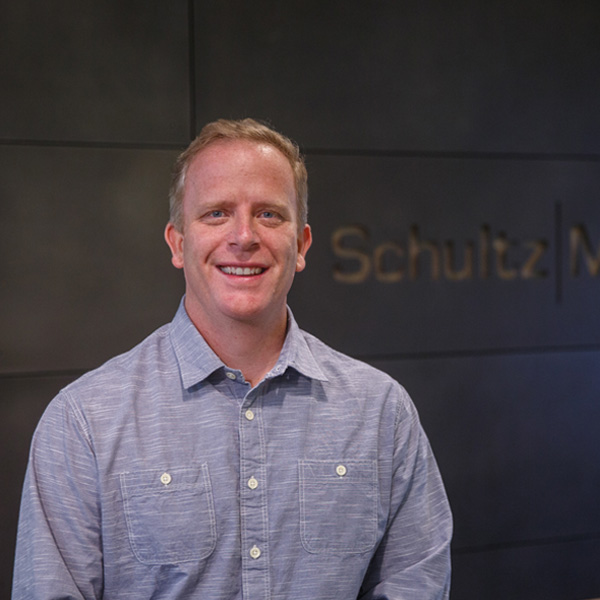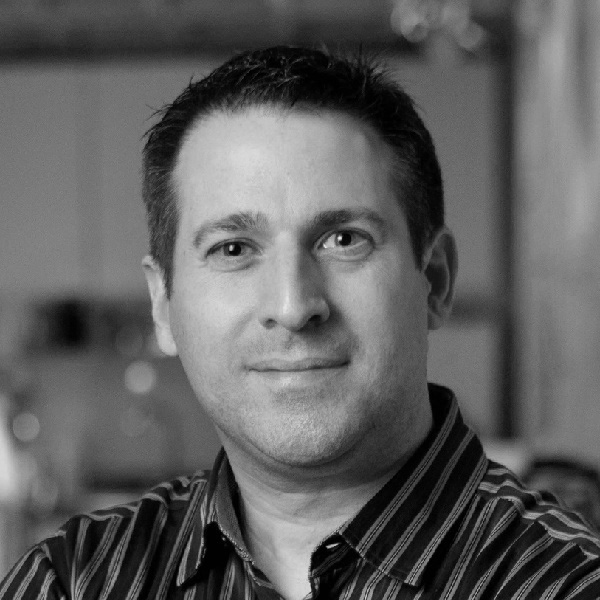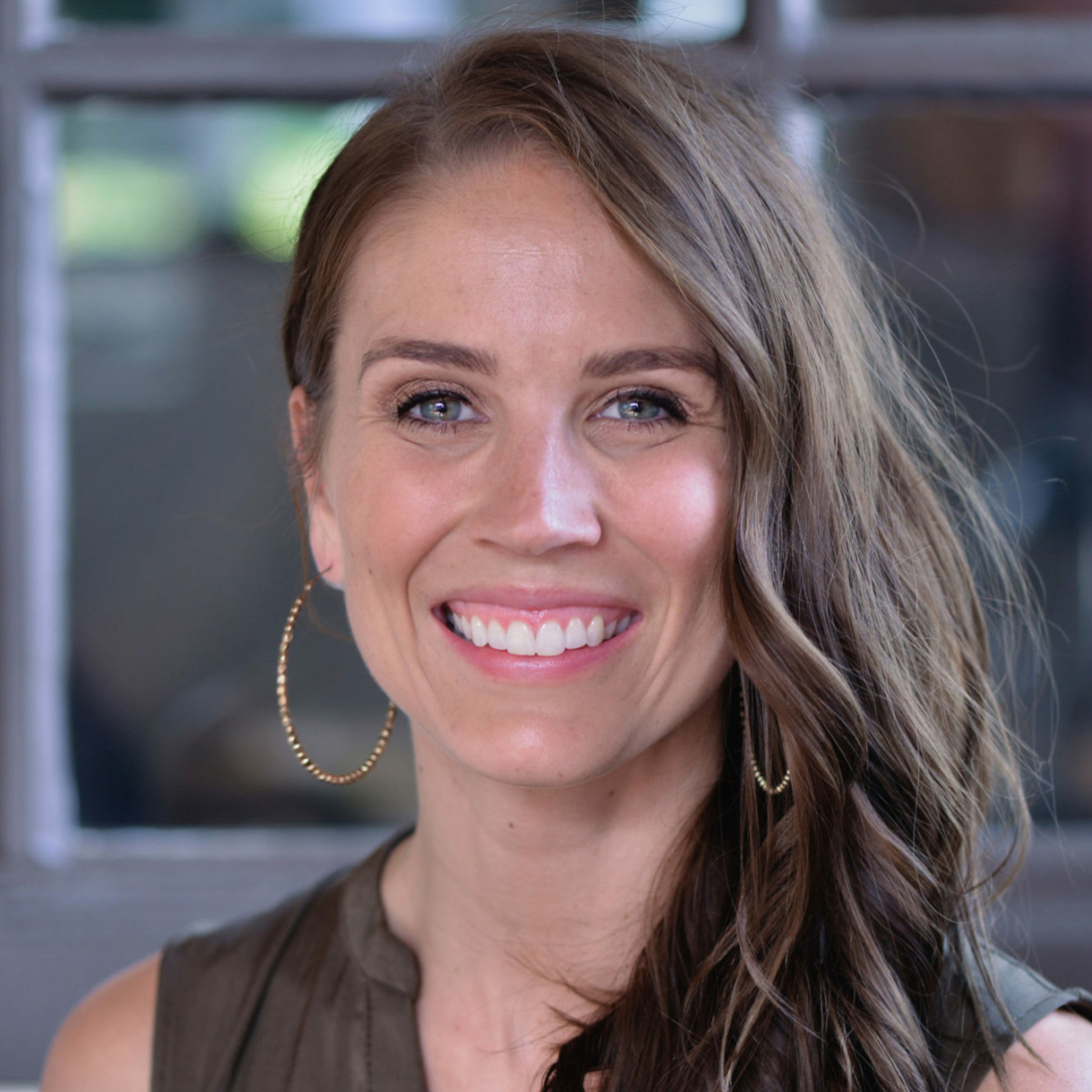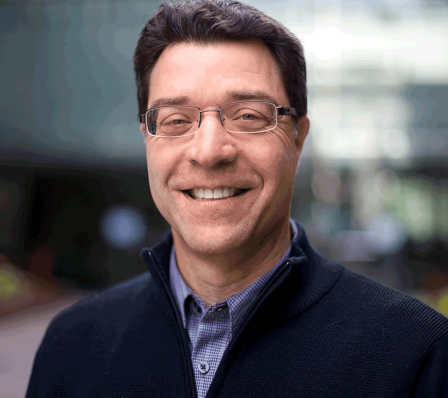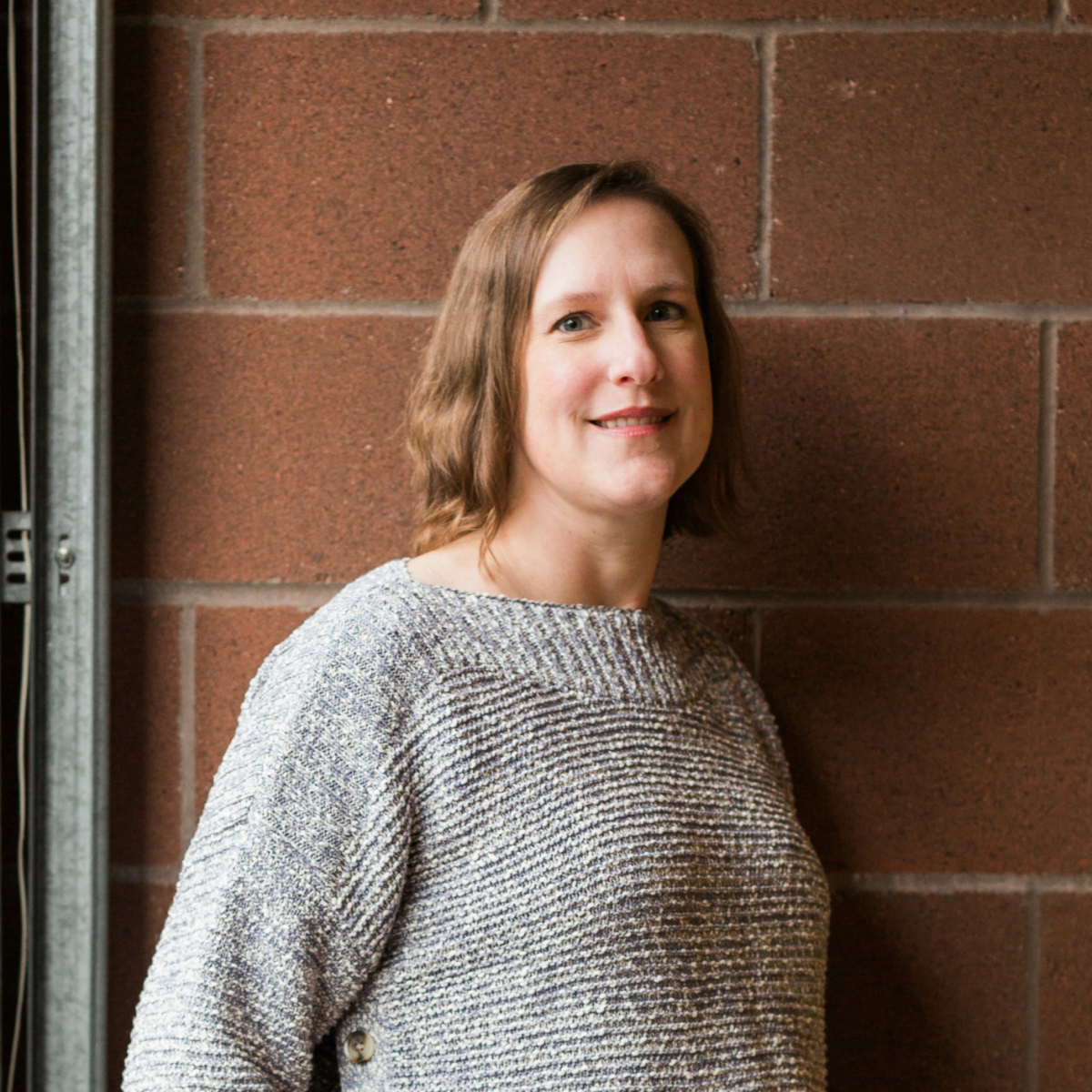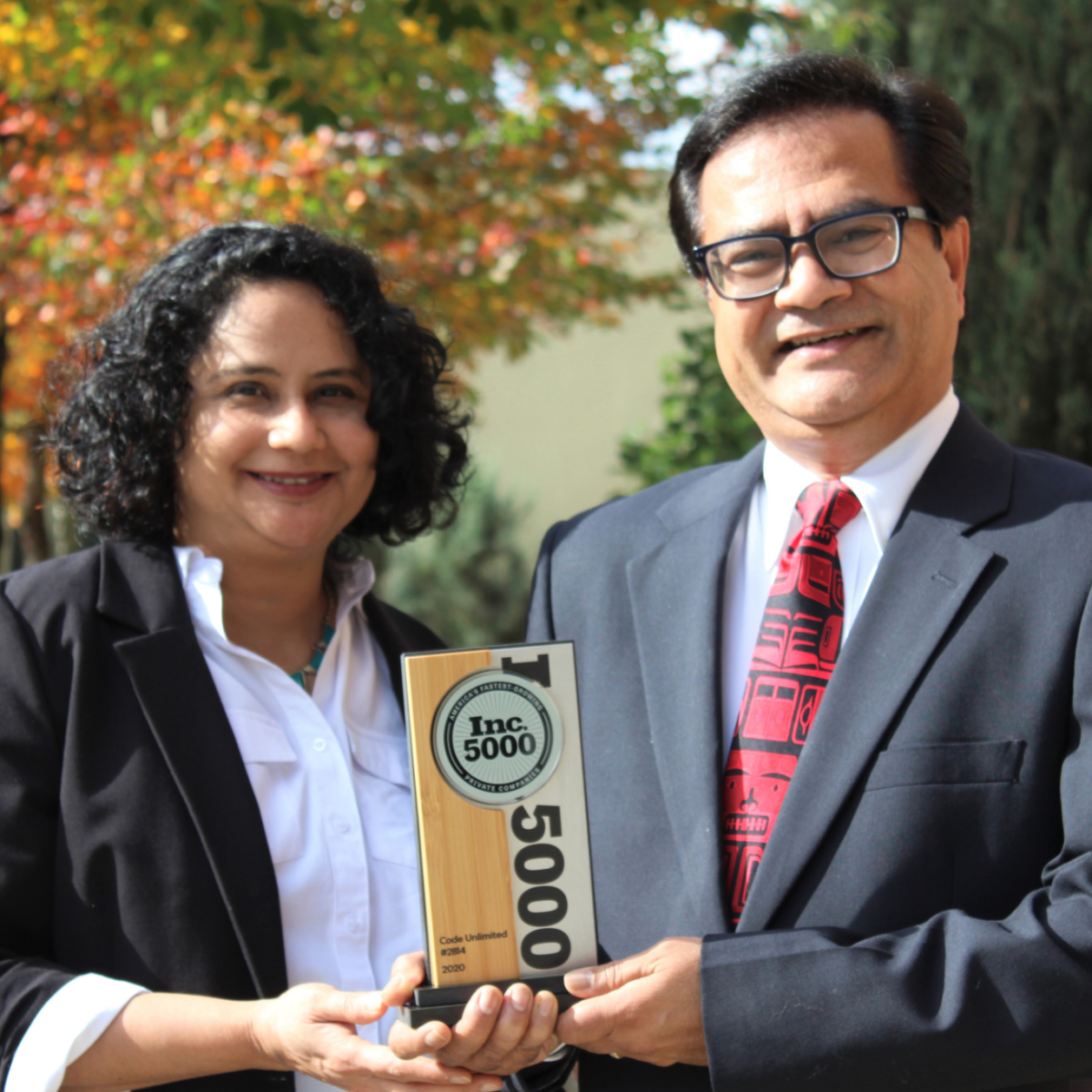Climate Legislation Success Sees a Backlash
By Nancy Henderson, AIA, LEED AP BD+C
ArchEcology, Shift Zero Steering Committee Member
Q2 2024
Climate advocates had great success in the last few legislative sessions in Olympia. Since 2020 there have been numerous legislative proposals to reduce Washington’s contribution to climate change and the efforts have been wide ranging. They include transportation, new and existing buildings, clean energy jobs, and more. Not all have been successful, but persistence has paid off. These successes are now being challenged in court and on the ballot.
The 2024 session was Governor Inslee’s last, and he wants his legacy to include strong action against climate change. Samantha Morrow, Government Affairs Director for AIA Washington Council. summarized the most recent accomplishments in an email to members:
…Passage of HB 1282, the Buy Clean and Buy Fair legislation, promoting sustainable and ethical construction practices. This bill mandates transparency and accountability for building materials used in major state-funded projects by requiring firms to report Environmental Product Declarations (EPDs), Health Product Declarations, working conditions, and other data. It also directs the Department of Commerce to develop a public database for this information and establishes the “Buy Clean Buy Fair” workgroup.
…AIAWA secured an important budget proviso in the Operating Budget allocating $250,000 to the State Building Code Council to study embodied carbon language in other jurisdictions’ building codes and provide recommendations for potential adoption by December 1, 2024.
…AIAWA’s partners at Shift Zero secured $3.5 million in the Operating Budget to facilitate access to energy assistance programs, including incentives, audits, and rebates for retrofitting homes and small businesses.
Shift Zero, along with their partners, advocated for a $50M proviso in the capital budget for multifamily building efficiency grants. In the end, the budget included $55M, as well as approximately $45M for school district indoor air quality and energy efficiency.
These successes, however, have brought a backlash from opponents.
The Climate Commitment Act (CCA), passed in 2021, is facing a campaign to repeal the law (Initiative Measure No. 2117), which established a comprehensive program to reduce carbon pollution and cap greenhouse gas emissions. The initiative would repeal the CCA and prohibit state agencies from establishing any type of program that involves trading carbon tax credits.
There is also a campaign to prohibit the state/local government from restricting natural gas access. Several proposed initiatives are attempting to repeal ESHB 1589 that prohibits expansion of natural gas service and supports the state’s largest natural gas utility (PSE) in its efforts to decarbonize. Most of these bills likely won’t make it to the ballot, but I-2066 may collect enough signatures. The initiative is being marketed as “Stop the gas ban”. This is a deceptive tactic since ESHB 1589 does not include a gas ban.
At the local level, Seattle’s proposed amendments to the 2021 Washington State Energy Code have been under extreme pressure from the development community. So much so that in May, Mayor Harrell put forward a proposal to strike many of the Seattle amendments and have the code align more closely to the Washington State Energy Commercial Energy Code. Rising interest rates and construction cost increases due to market forces are causing development costs to skyrocket in Seattle, but many in the industry also blame the energy codes.
Of special concern is the cost of housing that falls under the commercial provisions of the code (generally residential buildings four stories or more). The high cost of development has all but stalled these types of projects in Seattle—and at a time when demand for housing and rents are high. It is often said that Seattle is in a housing crisis, and that the high cost of housing is contributing to homelessness in the city. How can we justify adding further cost to housing in the form of energy efficiency when new construction is already very efficient? Advocates say that the efficiency measures benefit the tenants, but opponents say that the benefit is minor compared to the increase in rent. Advocates also say that we shouldn’t have to choose—that housing can be affordable and efficient.
This is the kind of issue that reasonable people can easily disagree about. If the priority is to encourage housing, perhaps we can loosen the energy code rules for housing and keep the stronger requirements for other project types.
Seattle’s Construction Codes Advisory Board has debated the issues at two recent meetings. On June 20th they voted on the proposed changes which can be found on SDCI’s website Proposed changes to 2021 Energy Code. The board’s recommendation includes several compromises, and will now be forwarded to City Council for consideration.
With a few exceptions, we do not believe that the 2021 amendments pose significant cost increases for housing. We did, however, see a significant cost increase with the adoption of the 2018 Seattle Energy Code. This code added requirements for energy recovery ventilation in dwelling units, and strictly limited the use of electric resistance heat, while disallowing fossil fuels for heating or hot water. The result was a change to heat pumps for space conditioning. This is significant for comfort and safety. As our summers have gotten warmer, cooling has become more necessary. And when the hot summers are coupled with smoke from forest fires, the benefit is even more significant. The market is still adjusting to these requirements, and given the numerous strains on housing development, a temporary reprieve for multifamily projects may be in order. However, we do not agree that the Washington State Energy Code is strict enough and that we can abandon our role as leaders in the state.
https://www.archecology.com/on-our-minds/backlash
Reducing the Carbon Footprint of Your Home
by Megan Greenfield, AIA, LFA, LEED Green Associate and Emma Nowinski, AIA, LEED AP
Q1 2024
You don’t need to build a new, net zero home in order to be sustainable. In fact, “the greenest building is the one that already exists”. There are many things you can do to reduce the carbon footprint of your existing home and save money. The solutions that follow range from small (easy/free or low cost) to large (labor intensive/higher cost).
If you are a renter, you can still do many of the things listed below. You can also talk to your landlord to see if they would be interested in making any of these upgrades. After all, making these improvements would save them money and would serve as good marketing material for their building.
Small:
When thinking about sustainability in buildings, people often immediately think of high-tech solutions such as adding solar panels to your roof. While this is a solution you’ll see listed below, it isn’t the first place to start. Before you add anything, consider reducing, reusing, and recycling. Once you have reduced your carbon footprint, you’ll have much less to offset when it comes to the more costly solutions, such as those snazzy solar panels.
Reduce
- Unplug electronics when you’re not using them
- Turn off lights when you aren’t using them
- Turn off the faucet when brushing your teeth
- Separate your waste – recycle, compost, garbage
- Switch your light bulbs to LED
- Program your thermostat to adjust the temperature when you are not home or sleeping
- Seal air leaks around windows and doors with weatherstripping or caulking
- During hot weather, open the windows at night and close them during the day (night flushing)
- Hang dry your clothes instead of using the dryer
- Use tap temperature water when washing your clothes instead of hot when possible
- Fix leaks, dripping faucets, and running toilets
- Buy your electricity from a utility that uses all-renewable sources (eg, SCL allows you to buy in to support all-renewable service)
Reuse
- Buy used appliances/fixtures/household goods from resale shops, thrift stores, or directly from sellers via Craigslist, NextDoor, Facebook Marketplace
- Borrow tools from your local Tool Libraries
- Purchase food from your local farmer’s market, CSA, or consider signing up for a food service that rescues food
- Take advantage of online Buy Nothing groups
- Reach out to recycling groups when doing any demolition work on your property – most materials, including broken concrete and planting soil, can be reused in some fashion and you might also save on hauling/dump fees
Recycle
- Sign up for an additional recycling service that helps recycle what your municipality cannot. Side note: we use Ridwell and have easily cut our garbage volume by a third! Which saves at least as much as the Ridwell costs in SPU fees…
Medium:
These options can be a little more costly but can have a big impact.
- Install energy-efficient appliances (look for the Energy Star label)
- Swap out your plumbing fixtures for low-flow (consider: shower heads ≤1.5 gpm, bathroom faucets ≤0.5 gpm, kitchen faucets ≤1.5 gpm, single flush toilets ≤1.28 gpf, dual flush toilets ≤1.6 gpf. Look for the WaterSense label)
- Add shades or blinds to your windows to reduce heat gain
- Plant deciduous bushes or trees outside your home to block light/heat during summer and let in light/heat during winter
- Install automated/smart controls
- Plant a summer veggie or herb garden to cut down on what you have to buy from stores. Herbs: EASY to grow at home and avoid those pricey/wasteful little plastic clamshell packages!
- Plant a pollinator garden to help our local pollinators thrive (check out your local seed libraries)
Large:
These solutions are the most time-consuming, costly, and will likely require the help of a professional. However, there are many local, state, and federal incentives and rebates available to help make these upgrades much more manageable. For starters, switching your home to all-electric (removing all fossil fuels) is the most effective way to reduce carbon emissions and simultaneously improve the health and safety of your home. And remember, The Inflation Reduction Act is designed to incentivize low carbon outcomes while saving you money. Visit Rewiring America (https://www.rewiringamerica.org/app/ira-calculator) and calculate your potential cost savings on the following measures:
- Update your home’s envelope (install better insulation, reduce thermal bridging, upgrade to more energy-efficient windows and doors, etc.)
- Install a Heat Pump Water Heater or Solar Water Heater
- Replace your furnace with an air-source, ground-source (geothermal), or water-source heat pump
- Install solar panels (ie. Photovoltaics or PVs) on your roof, or in your yard
- Get an electric car and install EV charging
It’s not all about energy. Managing stormwater on your property is an effective and essential form of stewardship that is generally low-tech and easy to do.
- Plant a rain garden to help manage stormwater on your property. If you are in King County, check out RainWise.
- Replace excess paving and lawn with landscaping and soil that absorbs rainwater.
- Install native plants, supporting carbon sequestration and habitat restoration.
Incentives & Rebates
The Inflation Reduction Act is a monumental step in the direction toward clean and renewable energy. Through a variety of financial and tax incentives for home owners and commercial entities, the IRA makes the switch to clean, renewable energy more affordable. A variety of state, municipal, and utility programs also provide financial incentives for making the switch to clean energy. Check out the resources below, and visit often, as these programs are evolving:
Federal
- https://www.energy.gov/scep/home-efficiency-rebates
- https://www.energy.gov/scep/home-electrification-and-appliance-rebates
Rewiring America (Inflation Reduction Act (IRA))
- https://www.rewiringamerica.org/app/ira-calculator
WA State
- https://www.utc.wa.gov/regulated-industries/utilities/energy/conservation-and-renewable-energy-overview/washington-energy-independence-act-i-937/renewable-energy-incentives
- https://www.dor.wa.gov/taxes-rates/tax-incentives/tax-incentive-programs#922
Seattle City Light
- https://www.seattle.gov/city-light/residential-services/home-energy-solutions
- SCL Renewable Energy Credits – a voluntary program where SCL purchases regional renewable energy credits (RECs) on your behalf to fund local rooftop solar projects hosted by not-for-profits and public organizations like affordable housing, schools, and parks
Seattle Public Utilities
Puget Sound Energy
Bellingham
Spokane
Clark County
Mason County
Pierce County
King County (RainWise)
King and Snohomish County
Other Resources
The Northwest Eco Building Guild has many useful resources and links on their website: https://www.ecobuilding.org/
If you are curious to know how other homeowners have incorporated sustainable features into their properties, the annual NW Eco Building Guild’s Green Home Tour is a great way to see these strategies in action: https://nwgreenhometour.org/
Tool Libraries – where you can rent almost any type of tool you can think of
Ridwell – recycles common household waste that is not normally accepted by municipalities (such as plastic film, lightbulbs, batteries, etc)
Imperfect Produce – rescues food with imperfections that does not make it to our grocery stores but that is perfectly fine to eat
Ballard Reuse – a place to find preloved building materials
Second Use – a place to find preloved building materials



